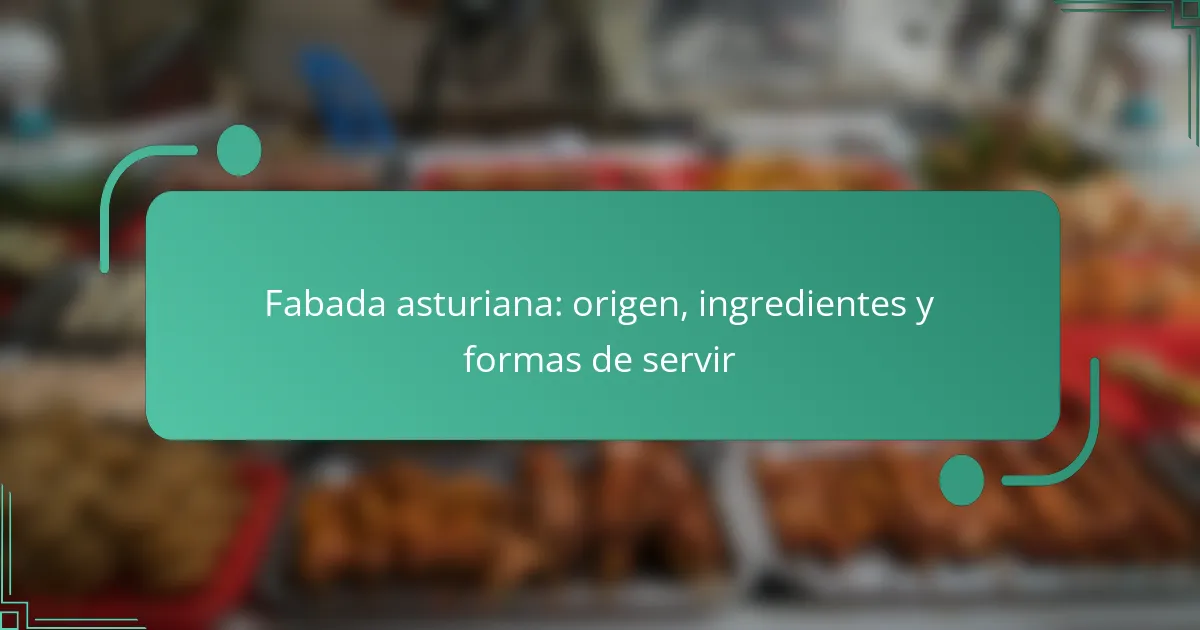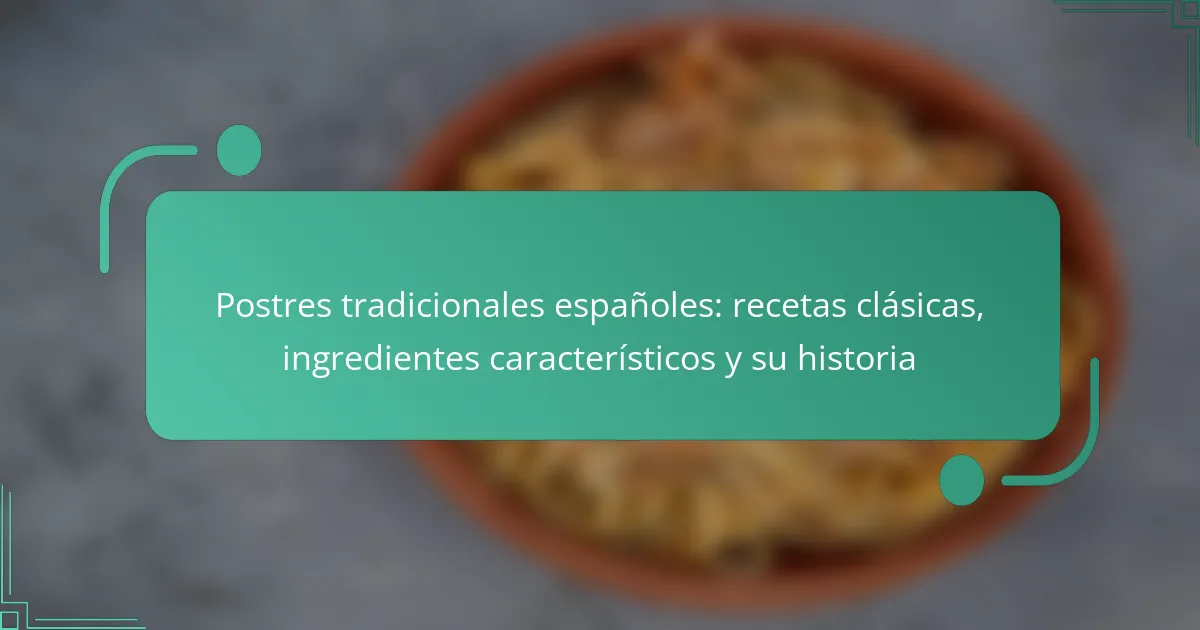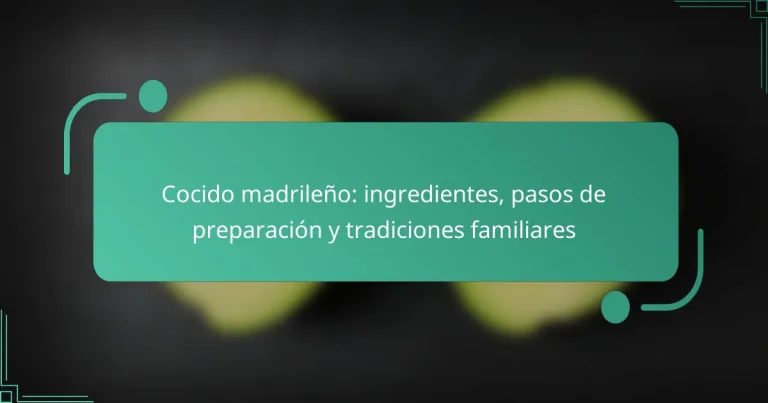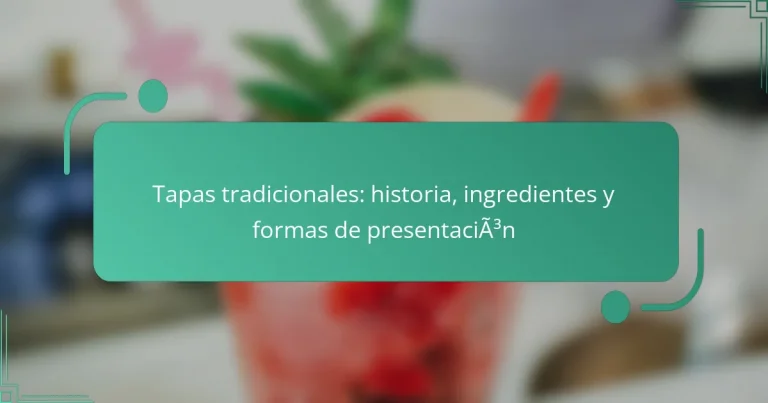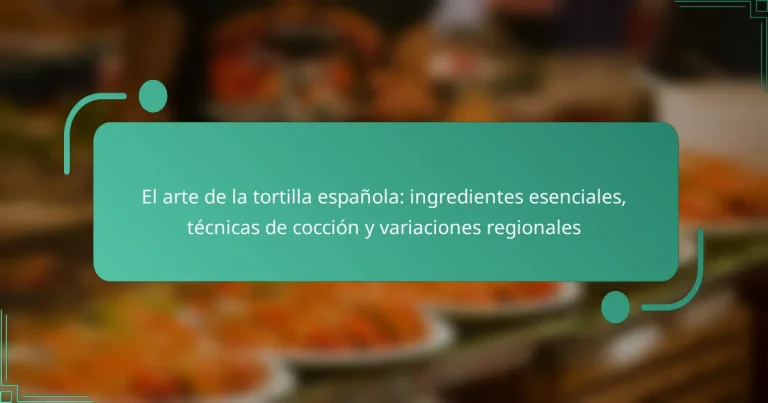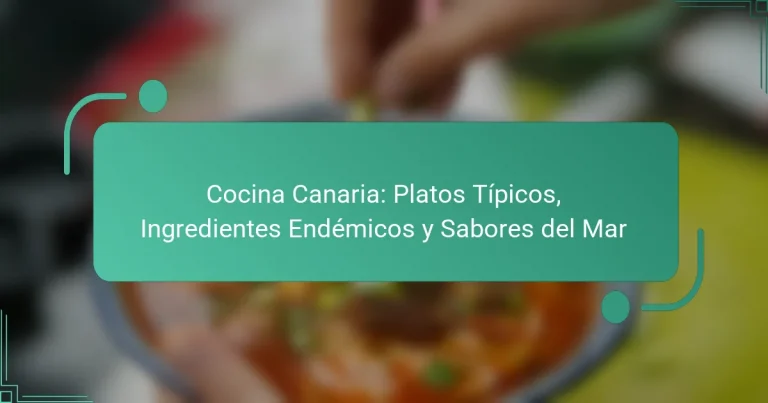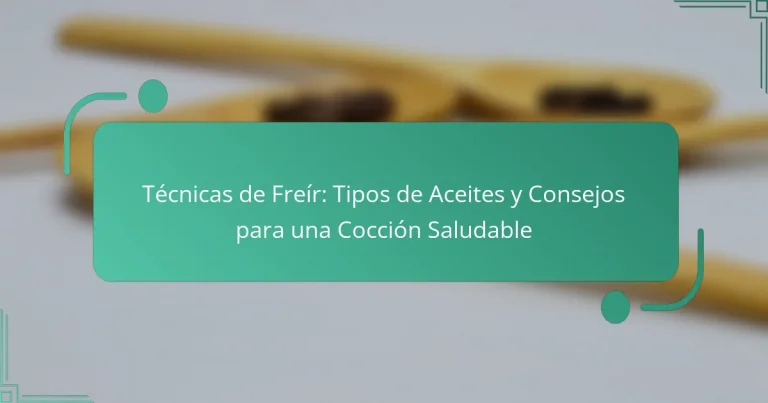

Queso manchego: tipos, características y su importancia en la gastronomía española
Queso manchego is a Spanish cheese made from the milk of the Manchega sheep breed, produced in the La Mancha region, renowned for its cheese-making tradition. This cheese features a firm texture and a distinctive flavor that varies based on its aging process, classified into three types: cured, semi-cured, and fresh. Recognized with a Protected…

Tortilla española: ingredientes, métodos de cocción y acompañamientos
Tortilla española is a traditional Spanish dish made primarily from eggs, potatoes, and onions. The ingredients are cooked together in a skillet, typically through frying or baking, to achieve a tender texture. This dish can be served hot or cold and is commonly found in tapas and informal meals across Spain. Ideal accompaniments for tortilla…

El gazpacho andaluz: ingredientes frescos, beneficios y métodos de preparación
Gazpacho andaluz is a traditional cold soup from the Andalusia region of Spain, primarily made with fresh ingredients such as tomatoes, peppers, onions, garlic, bread, olive oil, vinegar, and salt. This nutritious dish is especially popular in summer due to its refreshing qualities and low calorie content, making it an ideal choice for weight management….
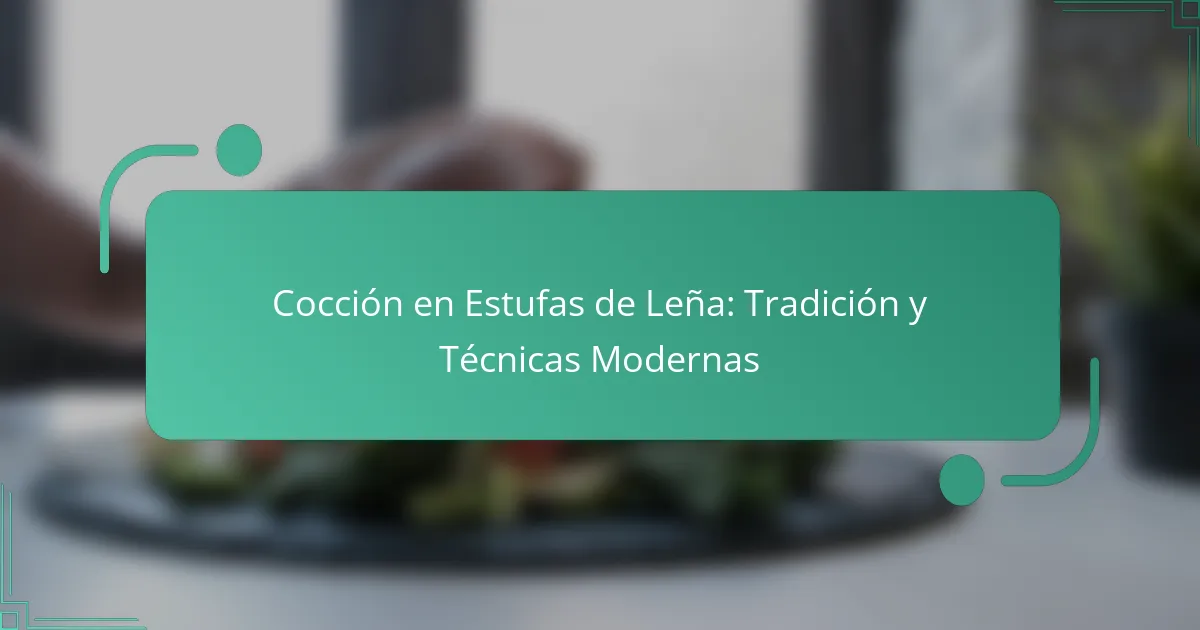
Cocción en Estufas de Leña: Tradición y Técnicas Modernas
Cocción en estufas de leña is a cooking method that utilizes wood as a heat source, relying on wood combustion to generate heat for preparing various dishes. This technique is prevalent across cultures due to its ability to provide consistent and uniform heat, while also imparting a distinctive smoky flavor to food. The article explores…

Sabores de Castilla y León: Carnes Asadas, Vinos de la Región y Tradiciones Gastronómicas
The article focuses on the culinary heritage of Castilla y León, highlighting its traditional dishes, quality meats, and renowned wines. Key dishes include roasted lamb (lechazo) and suckling pig (cochinillo), which showcase the region’s emphasis on local ingredients and seasonal produce. The wines, particularly those from the Ribera del Duero and Rueda designations, complement the…
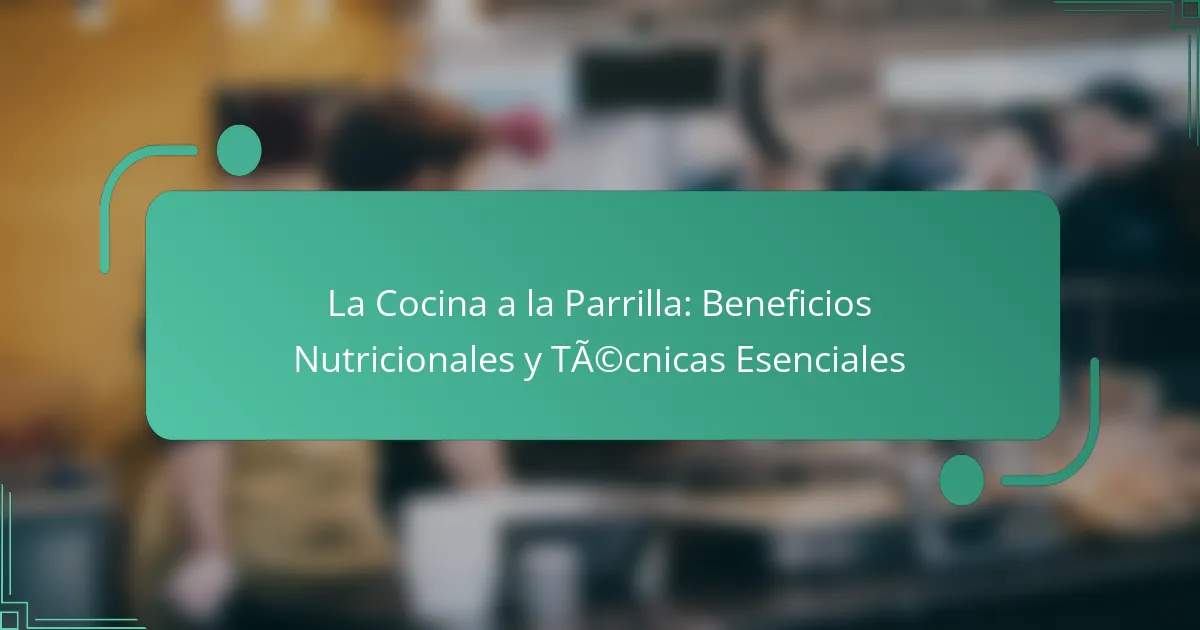
La Cocina a la Parrilla: Beneficios Nutricionales y Técnicas Esenciales
Grilling is a cooking method that utilizes direct heat from sources such as charcoal, gas, or electricity, allowing for high-temperature cooking that produces a characteristic browning of food. This technique enhances the natural flavors of various ingredients, including meats, fish, and vegetables, while also providing significant nutritional benefits. Grilling can preserve nutrients, reduce the need…
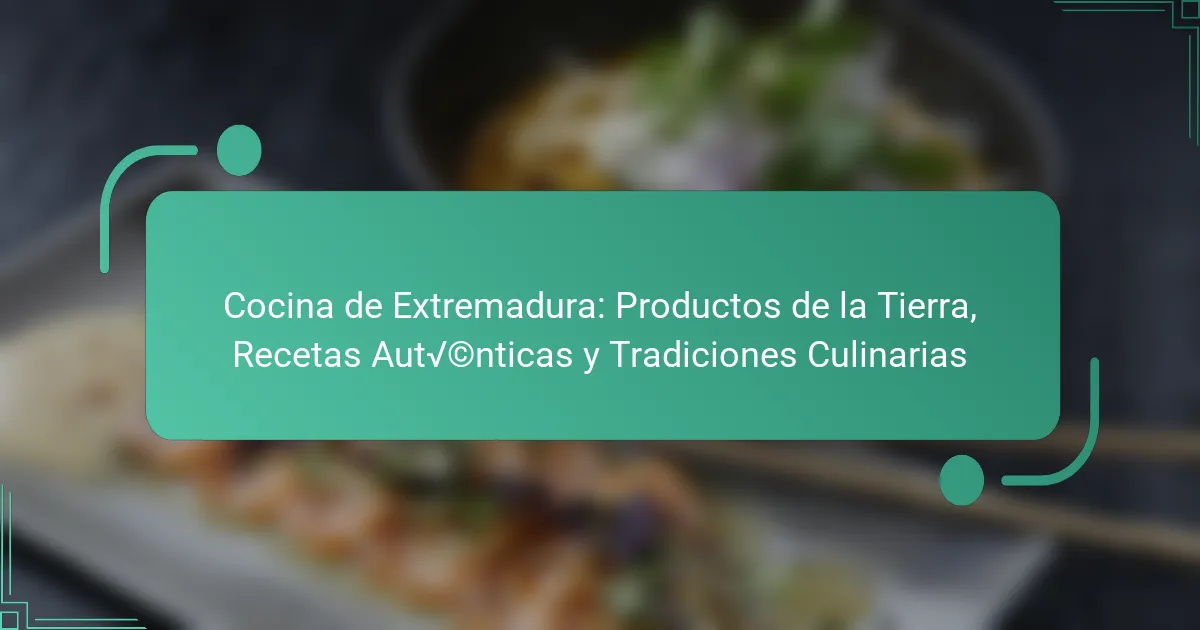
Cocina de Extremadura: Productos de la Tierra, Recetas Auténticas y Tradiciones Culinarias
Cocina de Extremadura refers to the traditional cuisine of the Spanish region of Extremadura, characterized by the use of local and seasonal ingredients. Key components include Iberian pork, ham, and legumes, which are foundational to dishes such as caldereta de cordero and gazpacho extremeño. This culinary tradition reflects the region’s culture and history, showcasing ancestral…
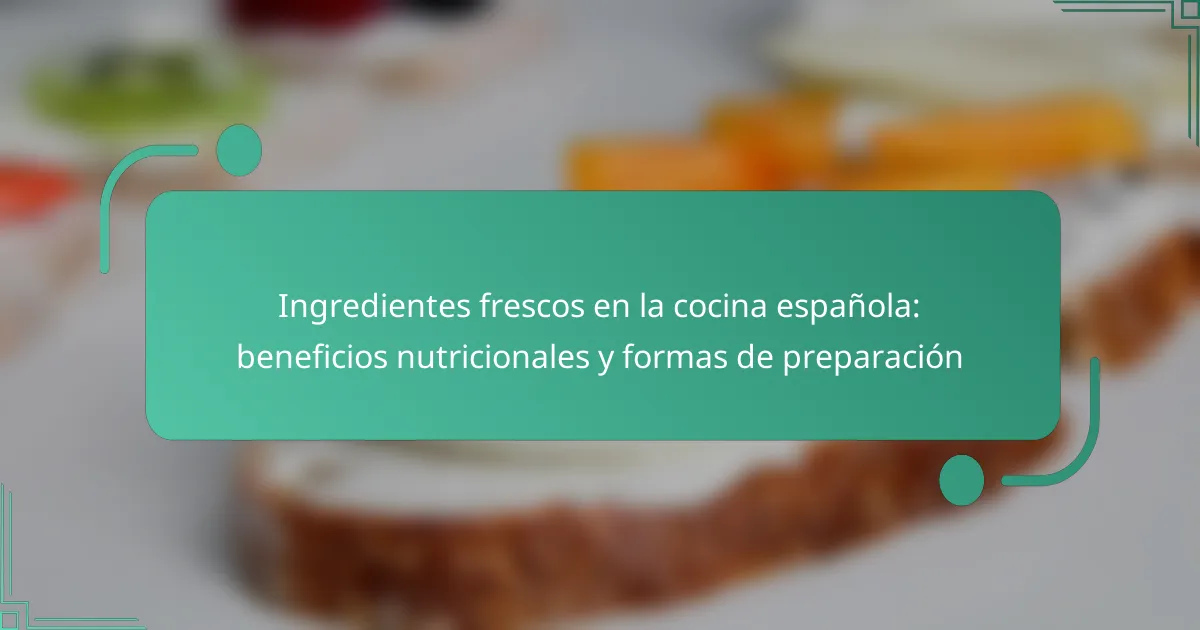
Ingredientes frescos en la cocina española: beneficios nutricionales y formas de preparación
The article focuses on fermentation techniques in Spanish cuisine, which are methods for preserving and transforming food using microorganisms. It highlights the significance of fermentation in products such as bread, wine, and various cured meats, emphasizing how these processes enhance flavor and nutritional value. Benefits include improved digestion, increased nutrient availability, and natural preservation. The…
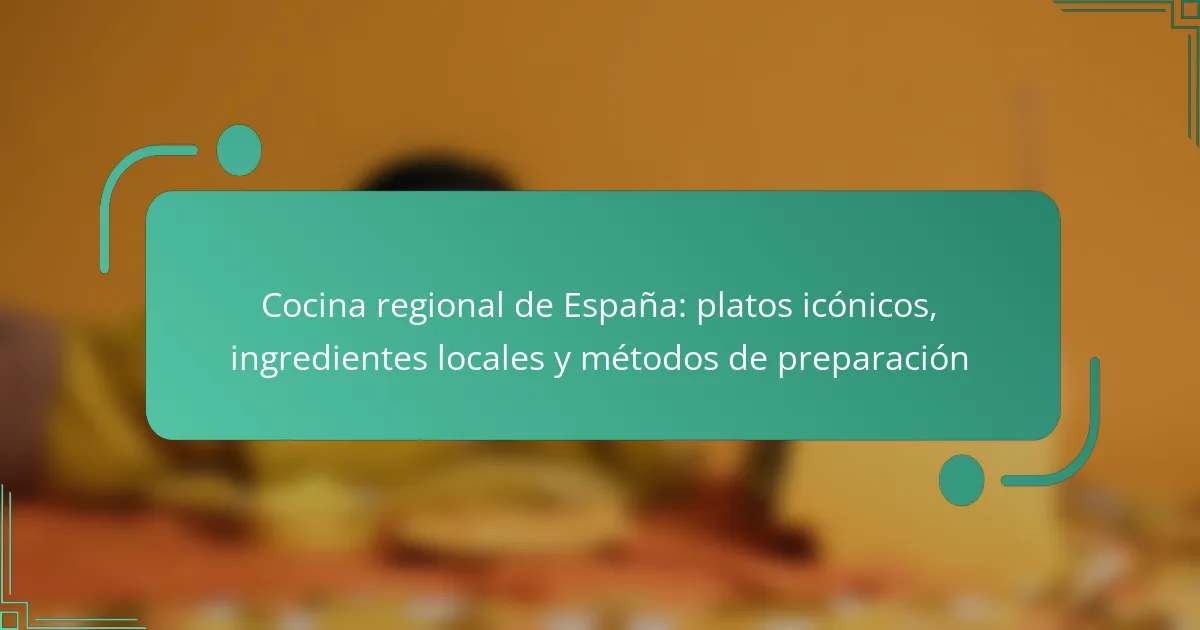
Cocina regional de España: platos icónicos, ingredientes locales y métodos de preparación
The regional cuisine of Spain encompasses the diverse culinary traditions that vary across the country’s autonomous communities. Each region showcases its own typical dishes, local ingredients, and unique preparation methods. Iconic dishes such as paella from Valencia, gazpacho from Andalucía, and pulpo a la gallega from Galicia highlight the rich culinary heritage influenced by geography,…
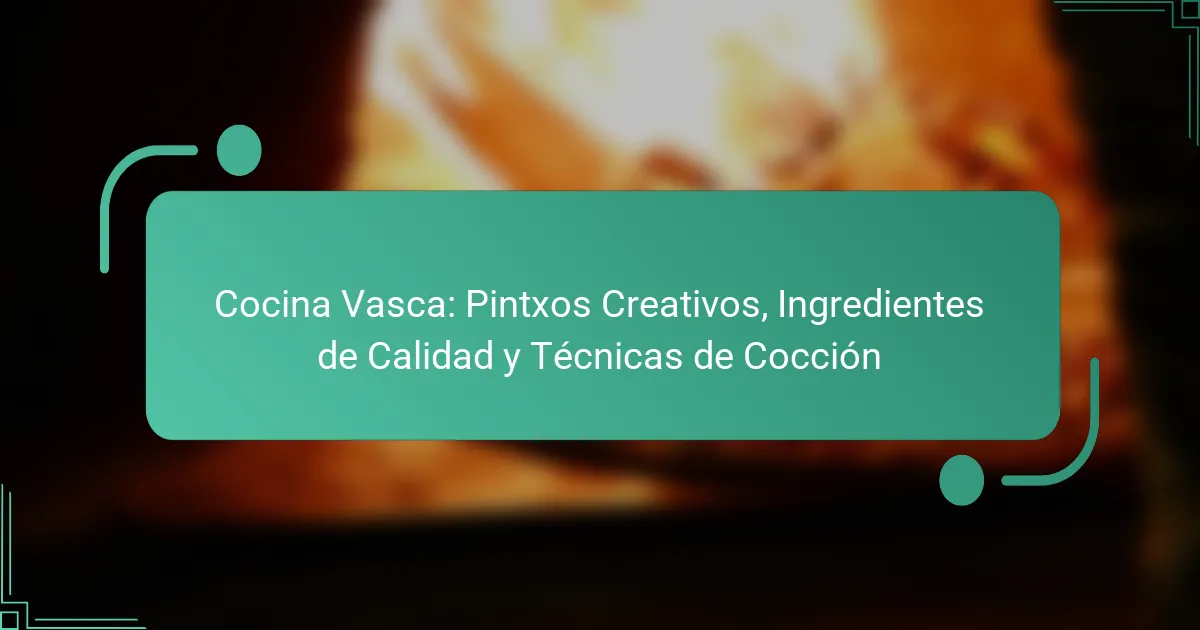
Cocina Vasca: Pintxos Creativos, Ingredientes de Calidad y Técnicas de Cocción
Cocina Vasca is a culinary tradition from the Basque Country in Spain, renowned for its emphasis on fresh, high-quality ingredients, particularly seafood, meats, and seasonal vegetables. Key elements include dishes featuring bacalao (cod) and a variety of pintxos, which are small tapas served in bars. Cooking techniques such as grilling, slow cooking, and baking are…
